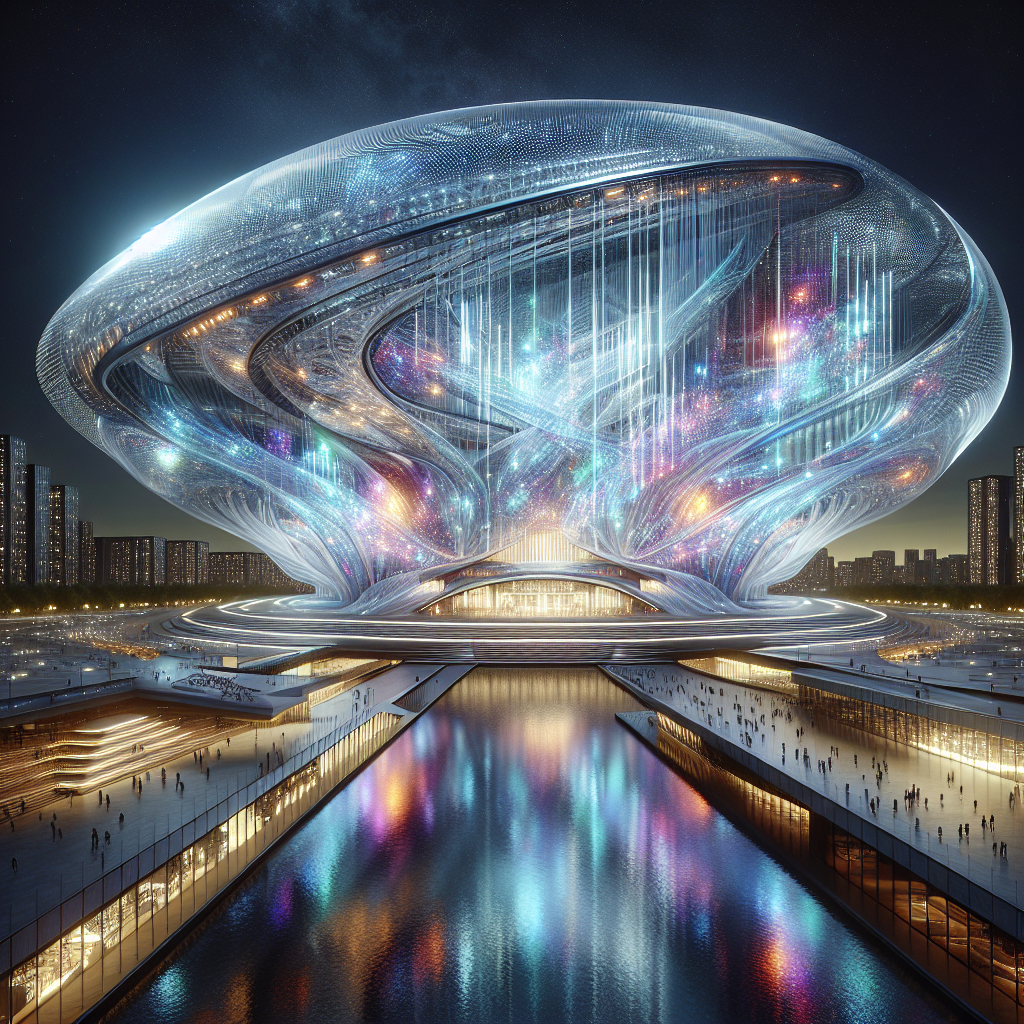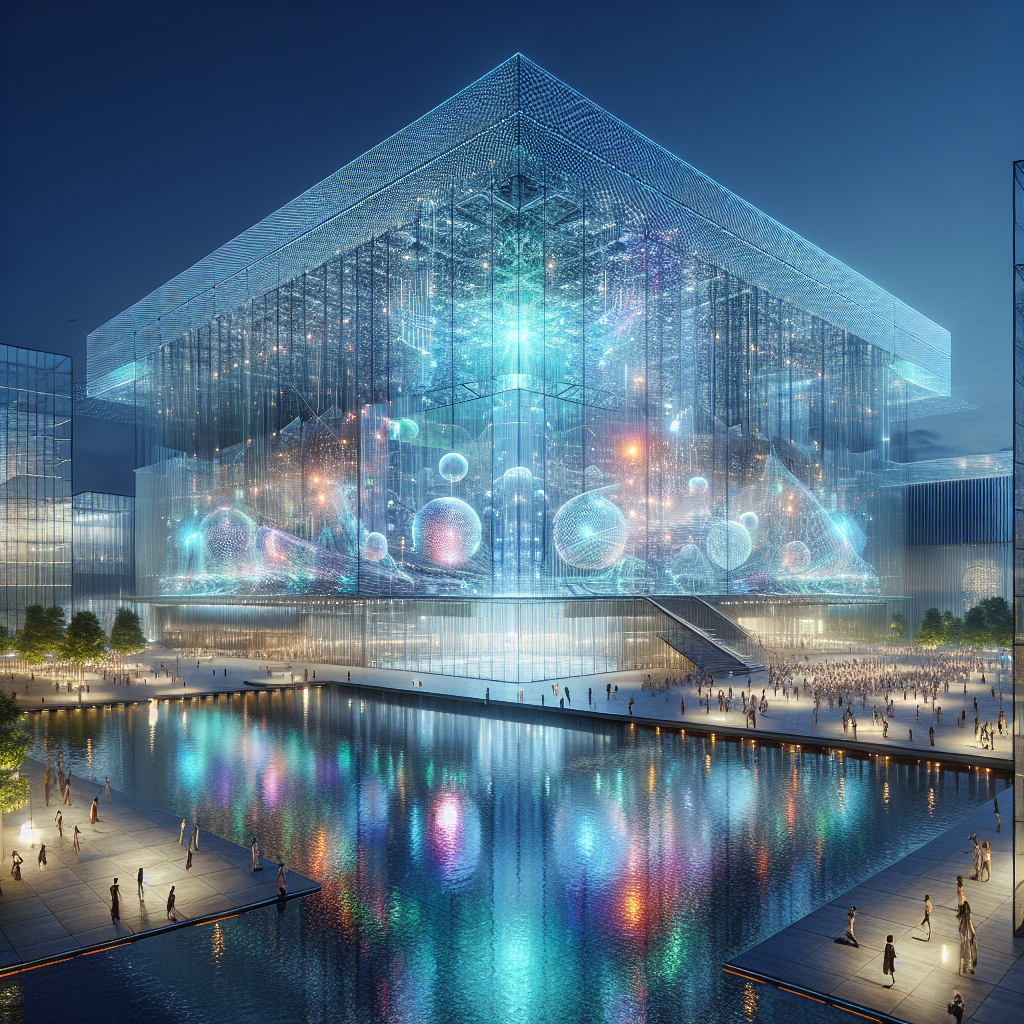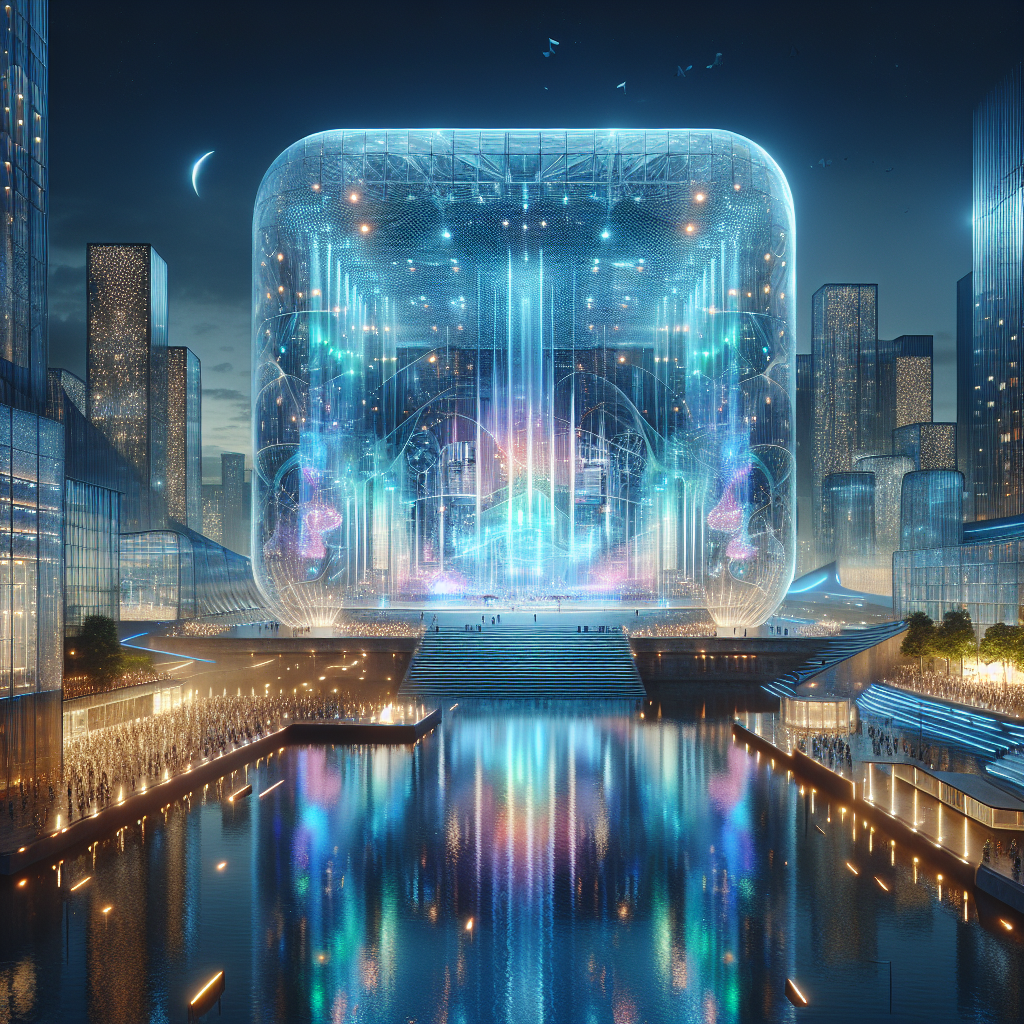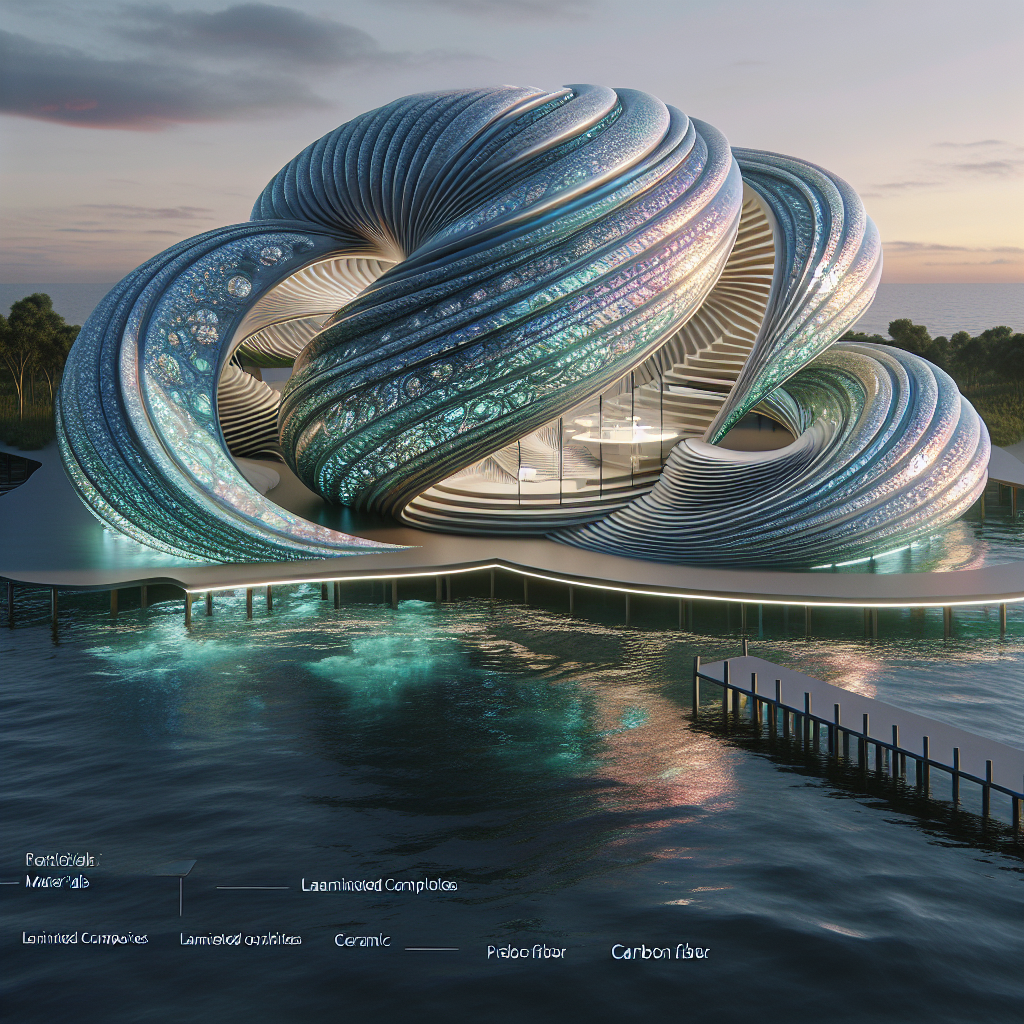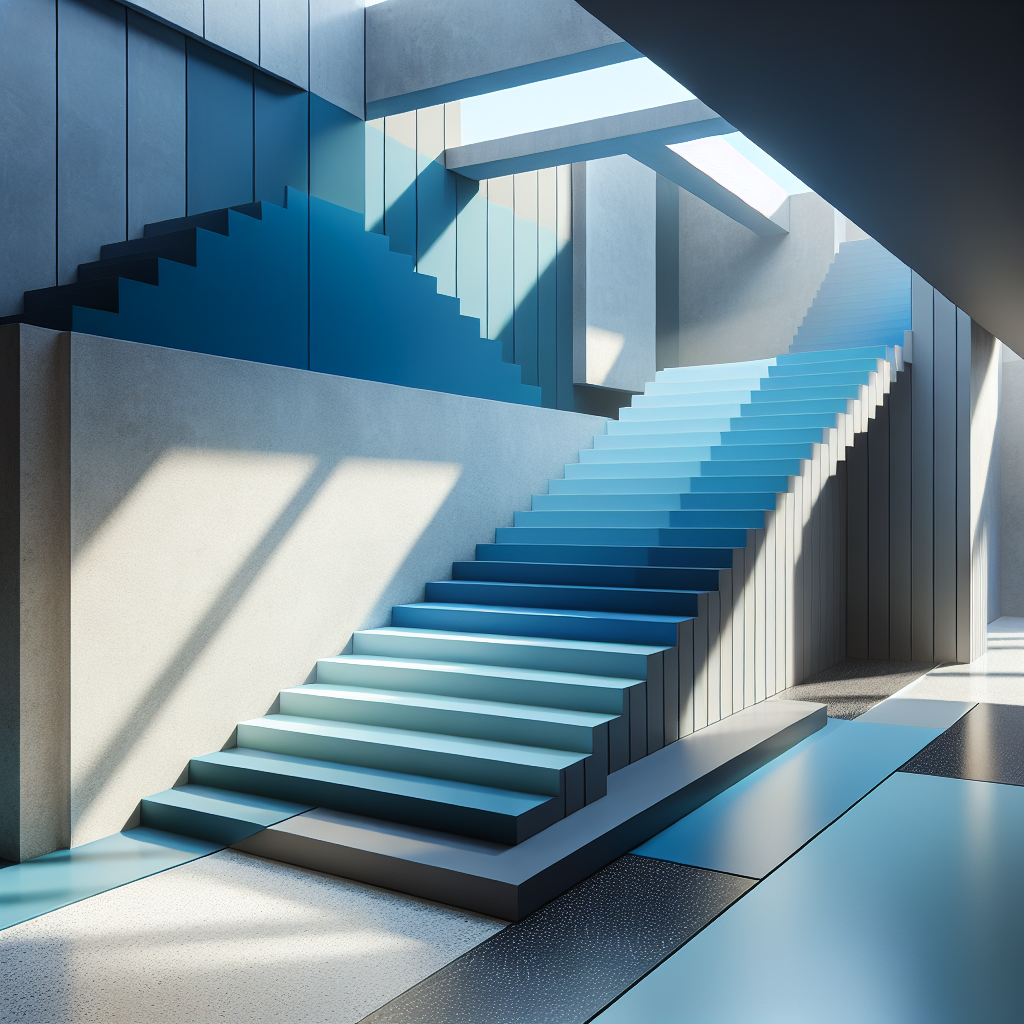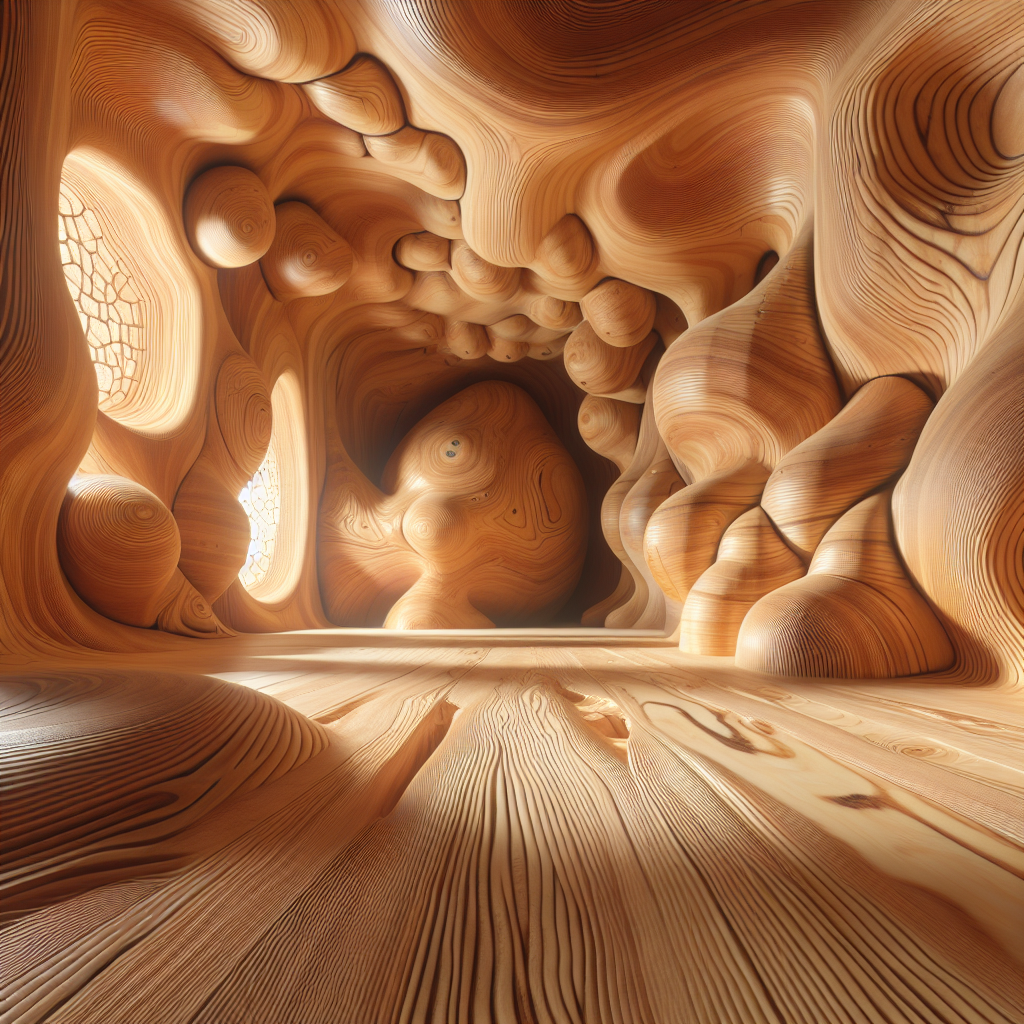Holographic stage façades: for performing arts centers
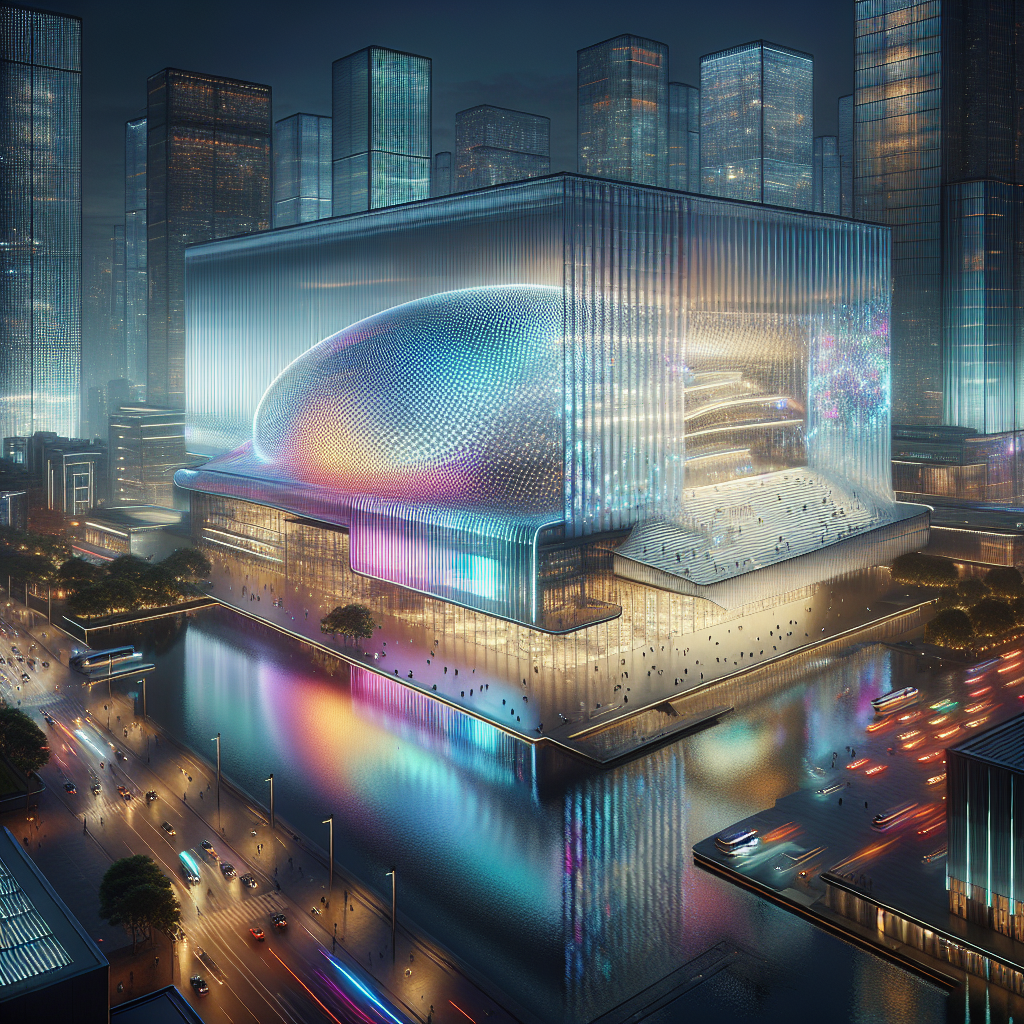
Holographic Stage Façades: Redefining the Architecture of Performing Arts Centers
In the evolving dialogue between architecture and performance, holographic stage façades are emerging as a transformative medium—an intersection of light, structure, and storytelling. As performing arts centers seek to engage audiences beyond the proscenium, these dynamic façades are reshaping how buildings perform, both visually and experientially. No longer static shells, façades are becoming living canvases that respond, narrate, and even participate in the act of performance itself.
The Rise of the Holographic Façade
A holographic façade is not merely a projection surface—it is an architectural interface that merges digital illusion with material form. Through the integration of holographic glass, transparent LED meshes, and light-reactive polymers, architects can craft façades that shift between opacity and translucency, between reflection and revelation. The result is a building that appears to breathe, morph, and converse with its surroundings.
This technological leap builds upon earlier experiments in architectural projection mapping, yet it transcends them by embedding the illusion directly into the materiality of the structure. Unlike temporary projections, holographic façades are permanent, programmable systems—architectural instruments capable of playing light as a symphony of motion and meaning.
Architecture as Performance
Performing arts centers have always been more than venues; they are civic stages in their own right. The Sydney Opera House, for instance, redefined the relationship between architecture and performance through its sculptural form. Today, holographic façades extend that dialogue into the digital realm. They allow the building itself to become a performer—reacting to music, movement, or even the emotional tone of a production.
Imagine a façade that ripples in response to a dancer’s motion, or one that subtly shifts hue to mirror the emotional arc of a symphony. In such spaces, architecture becomes an active participant in the dramaturgy, creating a seamless continuum between interior performance and exterior spectacle. This notion aligns with the growing trend of responsive architecture, where buildings adapt to environmental and human stimuli.
Material Innovation and Light Engineering
The material science behind holographic façades is as captivating as their visual poetry. Architects and engineers are experimenting with multilayered glass composites embedded with nanostructures that diffract light into spectral gradients. These surfaces can display volumetric imagery—three-dimensional illusions that appear to float within or beyond the façade plane.
Complementing these materials are transparent LED matrices, capable of rendering high-resolution visuals without obstructing natural light or sightlines. The interplay between physical transparency and digital density gives rise to façades that are both ethereal and robust. In daylight, they read as crystalline skins; by night, they transform into radiant, animated veils.
This duality resonates with the principles of transparent architecture, where glass is not merely a barrier but a medium of communication. The holographic façade extends this philosophy, allowing light to become a structural element—an architecture of photons as much as of stone and steel.
Case Studies: Where Vision Meets Reality
One of the most striking examples of this emerging typology is the Elbphilharmonie in Hamburg, whose glass façade already plays with reflection and refraction. While not fully holographic, it laid the groundwork for future integrations of digital optics. More recent projects, such as the Shanghai Grand Theatre’s proposed renovation, explore hybrid façades that blend holographic projection with embedded sensors, enabling real-time visual interaction with passersby.
In Tokyo, experimental installations by TeamLab have tested the limits of holographic light environments, creating immersive exteriors that dissolve the boundary between architecture and media art. These prototypes suggest a future where performing arts centers function as 24-hour cultural beacons—buildings that perform even when their stages are dark.
Designing for the Ephemeral
The allure of holographic façades lies in their ability to choreograph ephemerality. They invite architects to think not only in terms of form and function but also of time and transformation. The façade becomes a temporal surface, capable of evolving throughout the day or across a season. This temporal dimension aligns with the performative nature of the arts, where each moment is unique and unrepeatable.
Yet designing for such fluidity requires a new architectural literacy—one that merges spatial composition with digital scripting. Architects must collaborate with software engineers, lighting designers, and even choreographers to craft façades that are both technically precise and emotionally resonant. The process echoes the collaborative ethos of collaborative design, where interdisciplinary synergy becomes the foundation of innovation.
Environmental and Experiential Dimensions
Beyond aesthetics, holographic façades offer tangible environmental benefits. Their adaptive transparency can regulate solar gain, reducing the need for mechanical cooling. Light-reactive coatings can harvest daylight while minimizing glare, enhancing both energy efficiency and occupant comfort. When paired with responsive shading systems, these façades can function as intelligent environmental membranes.
Moreover, the experiential impact on urban life is profound. In dense cityscapes, holographic façades introduce a sense of wonder and levity—transforming cultural districts into living theaters. They invite public engagement, turning the exterior of a building into a shared stage where art, architecture, and technology converge.
Challenges and Ethical Considerations
The integration of holographic technology into architecture is not without challenges. High energy consumption, data privacy concerns, and visual pollution are pressing issues. Architects must balance spectacle with sustainability, ensuring that these façades enhance rather than overwhelm their contexts. The lessons from net-zero design strategies are crucial here—reminding us that innovation must coexist with responsibility.
There is also a philosophical question at play: when architecture becomes mutable, what anchors its identity? A holographic façade can transform endlessly, but it must still embody the cultural and civic essence of its institution. The most successful designs will be those that use technology not as decoration, but as a means of deepening the building’s narrative and connection to its community.
The Future of Performing Arts Architecture
As performing arts centers evolve into multi-sensory environments, holographic façades represent a new architectural language—one that speaks in light, motion, and emotion. They encapsulate the spirit of contemporary performance: fluid, interactive, and boundary-defying. In this context, architecture becomes not just a container for art, but an art form in itself.
The convergence of holography, architecture, and performance signals a broader cultural shift toward immersive design. It echoes the trajectory seen in virtual reality in architecture, where the line between physical and digital space continues to blur. For architects, this is both a challenge and an invitation—to design buildings that not only house creativity but embody it.
In the coming decade, the holographic façade may well become the defining feature of the twenty-first-century performing arts center: a shimmering threshold between the tangible and the imagined, where architecture itself takes the stage.
Published on 10/09/2025
